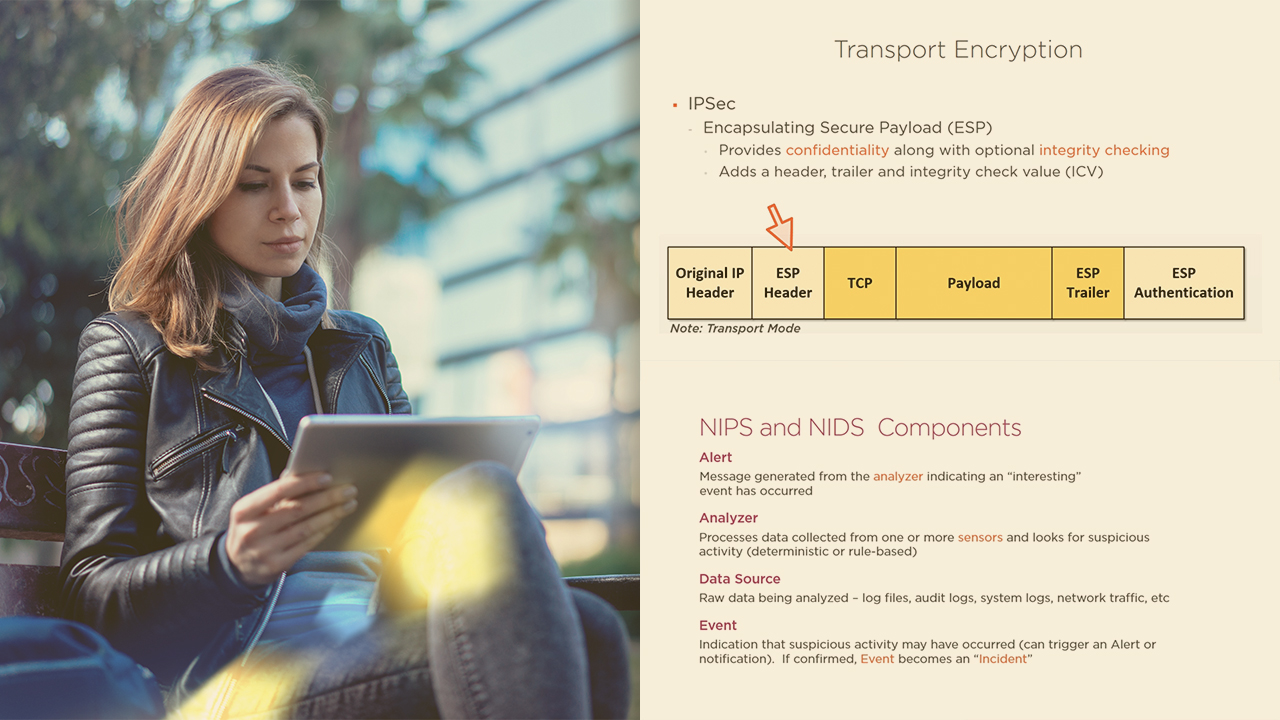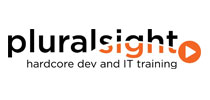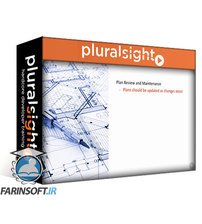در حال حاضر محصولی در سبد خرید شما وجود ندارد.

This course will teach you the fundamentals and key concepts around secure protocols, hardware and software technologies, and various use cases to illustrate how they function to keep a company’s assets and data secure.
در این روش نیاز به افزودن محصول به سبد خرید و تکمیل اطلاعات نیست و شما پس از وارد کردن ایمیل خود و طی کردن مراحل پرداخت لینک های دریافت محصولات را در ایمیل خود دریافت خواهید کرد.


Operations and Incident Response for CompTIA Security+

کورس یادگیری Governance Risk And Compliance For Comptia Security+

Technologies and Tools for CompTIA Security+

Attacks, Threats, and Vulnerabilities for CompTIA Security+

دوره Designing, Implementing, and Maintaining a Disaster Recovery Plan

آموزش مدیریت امنیت با ارتباطات موثر

Governance, Risk, and Compliance for CompTIA Security+

Architecture and Design for CompTIA Security+

Identity and Access Management for CompTIA Security+

Architecture and Design for CompTIA Security+
✨ تا ۷۰% تخفیف با شارژ کیف پول 🎁
مشاهده پلن ها